Faced with the attack of powerful prey, many of the world’s “smelliest” animals have had to use their only power, scent, to protect themselves. Thanks to that, many species have narrowly escaped death.
Bombardier Beetle
Bombardier beetles possess two chemicals called hydroquinone and hydrogen peroxide, which are used in the hair dye and beauty industry. When attacked or hunted, Bombardier beetles will mix these two chemicals together, creating a sticky and extremely unpleasant-smelling slime.
Although, the strength of this animal is not great enough to kill or threaten prey. But the body scent makes enemies terrified every time they come near.
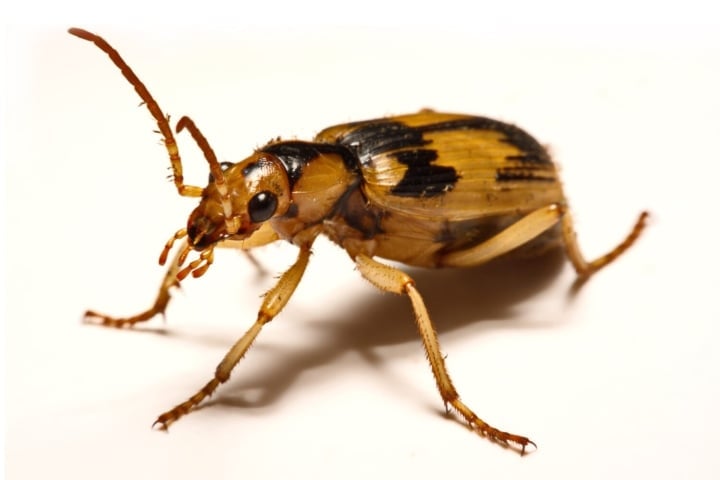
Beetles are small but have a scent that scares many prey.
Wild chicken claws
The Stinkbird is found in the Amazon rainforest. One thing that helps this animal escape from humans is its meat has a terrible smell. Therefore, those who eat the meat of the Stinkbird must not be afraid of the smell.
This chicken has a body length of about 65 cm, a long neck, a small head, a blue face, and red eyes. At the same time, they also have an unusual digestive system and have another name based on the foul smell on their body: weasel.
Tamandua tetradacty
Tamandua tetradacty is a mammal of the anteater family, found in several South American countries such as Argentina, Brazil and Uruguay. This animal is often preyed on by hungry jaguars.
When attacked, Tamandua tetradactyla will emit a terrible stench from the anal gland under the tail, causing the prey to stay away. We can completely smell their scent if standing about 50 meters away.
Gulo Weasel
The Gulo is also known by another name, the skunk bear. Because the appearance of this animal resembles a carnivorous bear and has an unpleasant odor. The boreal taiga (coniferous forest), subarctic and alpine tundra in the Northern Hemisphere are the habitat of the Gulo.
Tasmanian Devil Rat
To protect itself from other animals, Tasmanian devil rats will release some extremely foul-smelling substances accompanied by loud squeals. At the same time, this devil rat can eat most types of carcasses, including bones, thanks to its sharp teeth and strong jaws.
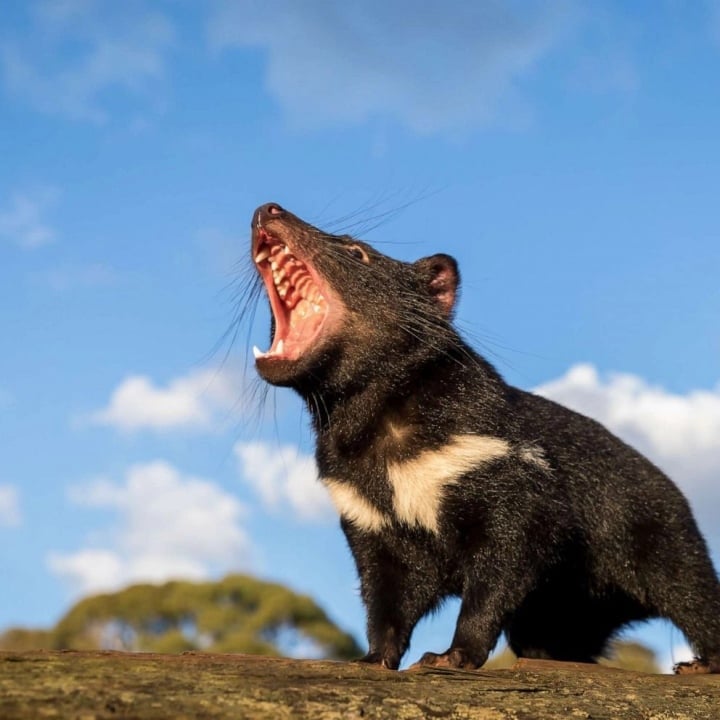
The Tasmanian devil rat is known as the devil.
Tasmanian devil rats often gather together to search for prey, creating a lot of growling and screaming! Their main area of activity is in the canyons. In particular, Tasmanian devil rats often eat dead bodies, helping to reduce pollution in the human living environment and limit waste.
Musk ox
Musk oxen live in the Arctic, possessing a “pungent scent” that makes opponents feel nauseous immediately upon smelling it. During mating season, bulls release a disgusting-smelling liquid from special glands near their eyes. This liquid then sticks to their fur, creating a foul odor to attract cows.
In the summer, musk oxen live in moist areas, such as river valleys. Their diet includes arctic willow grass, lichens, and mosses under the snow. When food is abundant, the oxen will eat more succulent, nutritious grasses.
Sea hare
Sea hares use purple water trails secreted from their body's secretion glands to spread into the surrounding environment and paralyze the prey's olfactory nerves. When encountering an enemy, this species will secrete purple fluid to escape from the enemy. Another poisonous gland located in front of the outer membrane secretes a milky white fluid that is acidic and has a foul odor.
Tuyet Anh (Source: Synthesis)
Useful
Emotion
Creative
Unique
Wrath
Source



![[Photo] Keep your warehouse safe in all situations](https://vphoto.vietnam.vn/thumb/1200x675/vietnam/resource/IMAGE/2025/10/1/3eb4eceafe68497989865e7faa4e4d0e)
![[Photo] President of the Cuban National Assembly visits President Ho Chi Minh's Mausoleum](https://vphoto.vietnam.vn/thumb/1200x675/vietnam/resource/IMAGE/2025/10/1/39f1142310fc4dae9e3de4fcc9ac2ed0)


![[Photo] Hanoi morning of October 1: Prolonged flooding, people wade to work](https://vphoto.vietnam.vn/thumb/1200x675/vietnam/resource/IMAGE/2025/10/1/189be28938e3493fa26b2938efa2059e)
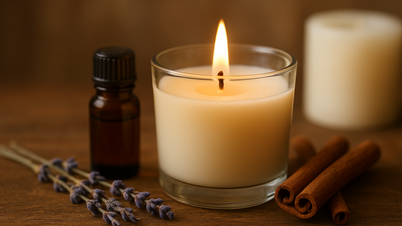

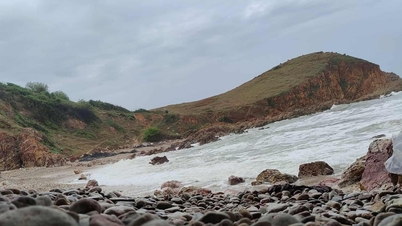



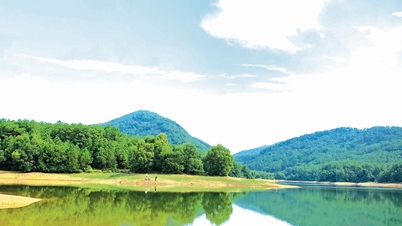





















































































Comment (0)